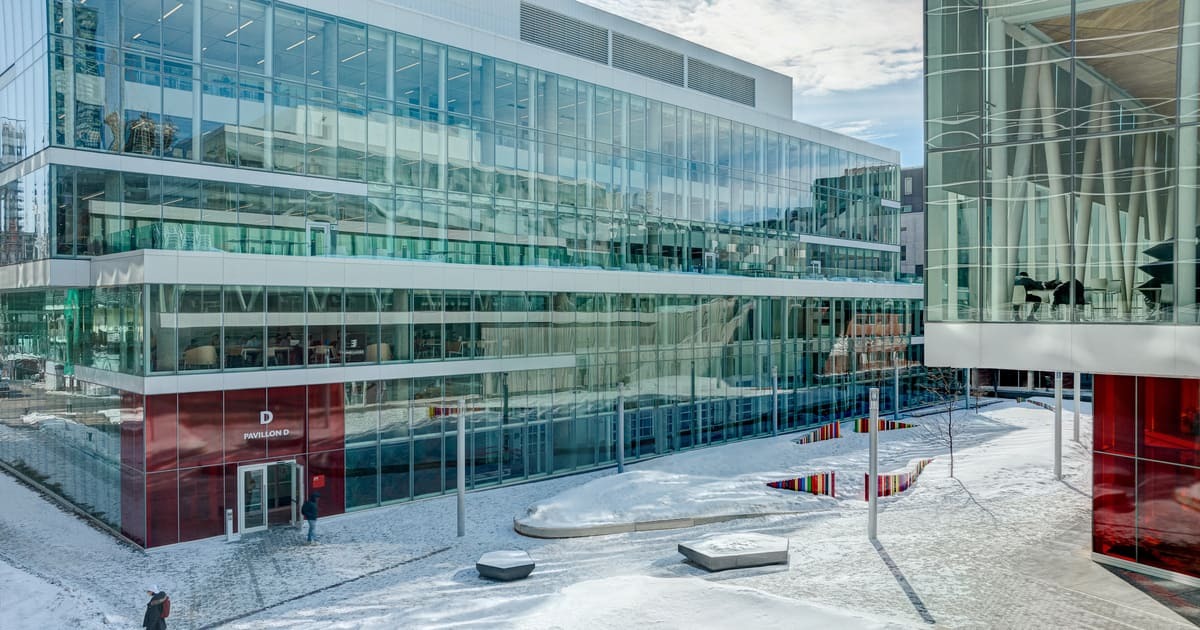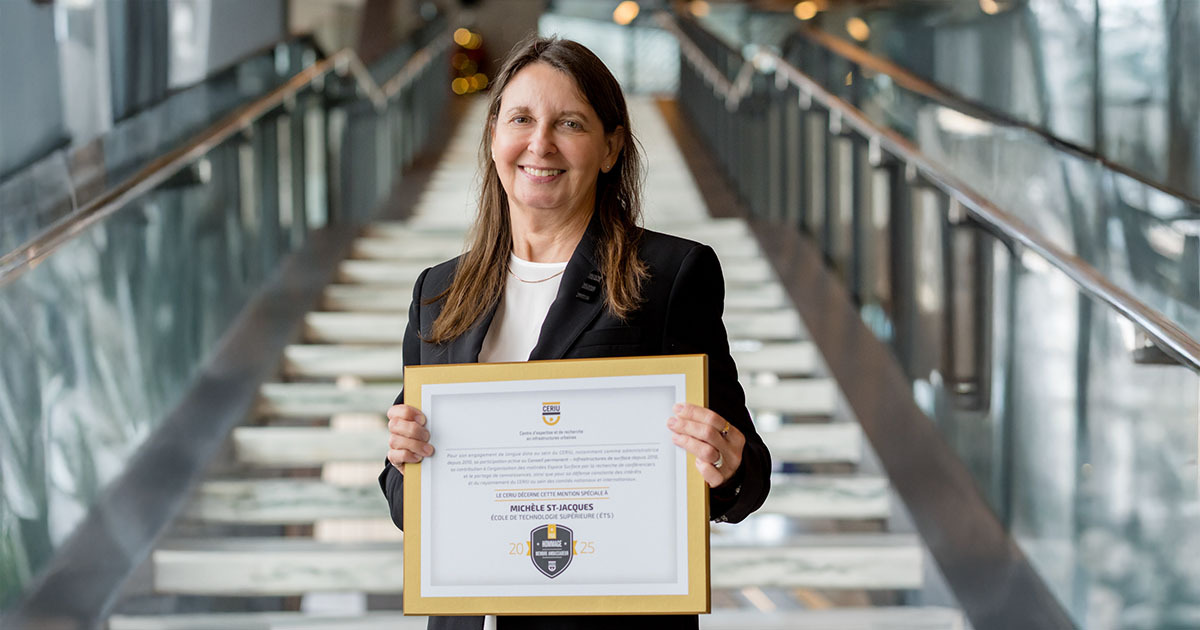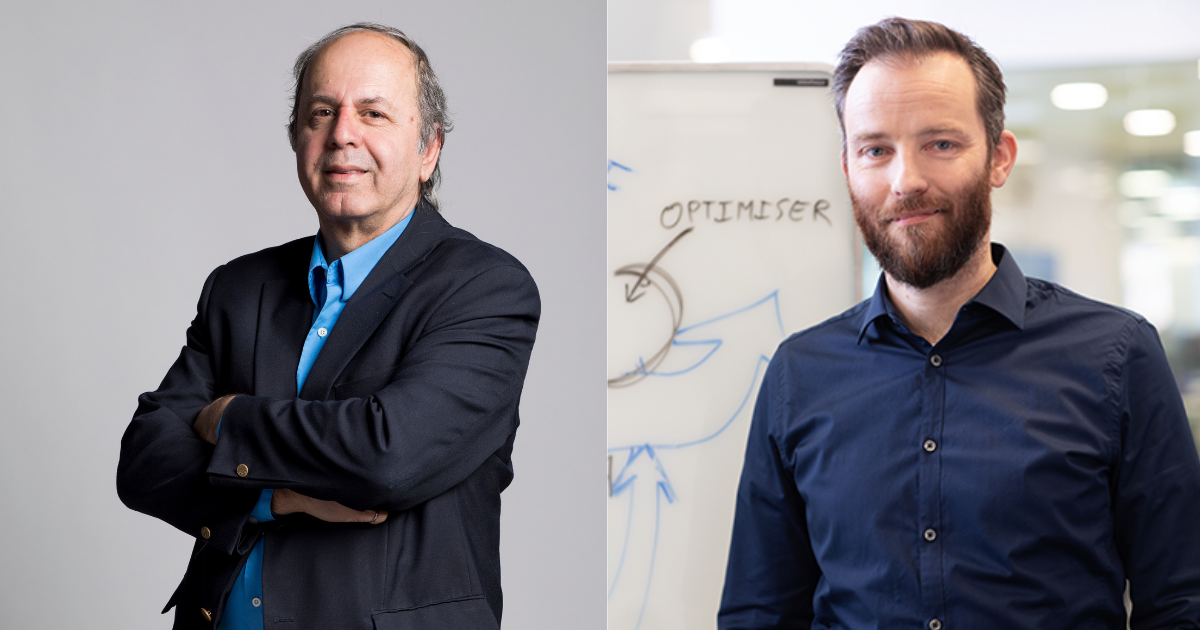
In an earthquake, buildings and other structures sustain accelerations in all three directions. Structural components are designed to resist gravitational forces. For these components, engineers tend to ignore vertical accelerations and focus on horizontal accelerations. But the same does not apply to non-structural components—mechanical and electrical equipment, plumbing, ceilings, contents, etc.—where vertical accelerations are a major factor, especially at sites located close to the fault. The floor of the structure supporting these components is flexible in the vertical direction and could interact with the component. Given that these components often represent over 70% of the building’s value, they account for the majority of loss in earthquakes, hence the importance of accurately predicting their seismic behaviour.
Modelling Complex Phenomena
The difficulty of modelling non-structural component responses to an earthquake stems from the dynamic interaction between building and ground movement, and the probability of resonance between the component and the building supporting it. If an earthquake causes a building to move, its response will affect non-structural components according to its characteristics and regularity. The building filters the ground motions, modifying the frequency and amplitude affecting these components. On the other hand, the dynamic properties of the building and non-structural components must be known in order to better assess the effect of the dynamic interaction between the building and the component.
At the DRSR laboratory (Development and Research on Structures and Rehabilitation), we are developing simplified methods to help engineers design non-structural component attachments to withstand a seismic event.

Vibrating Machines: Assessing Resonance Potential
On another practical level, we are also studying structural dynamics with vibrating machines. We must ensure the machine attachments are not damaged, taking into account the resonance of the machine and its rotation, as well as resonance with the supporting structure.
Another Source of Vibration: Wind
The dynamic behaviour of residential and office high-rise buildings is governed primarily by wind. The dynamic characteristics of these buildings, i.e. vibration modes and periods, and the damping ratio, are measured using ambient vibration data from ambient vibration measuring instruments (Tromino). These data are also used to calibrate finite element models of these buildings.
Buildings Not Covered by the building Code
Some buildings, such as churches, are not covered by the National Building Code of Canada. Finite element modelling is therefore required to assess their dynamic behaviour. Another approach could be the use of ambient vibration data. We are currently measuring the dynamic properties of the Notre-Dame Basilica in the Old Port of Montreal, where renovations are planned.
Conclusion
The response of buildings and non-structural components to various sources of vibration is an important field of research for ensuring the integrity and resilience of infrastructures and minimizing damage costs. We are working on tools to simplify the work of design teams and provide guidance for the accurate calculation of seismic forces impacting non-structural components. Our goal is to advance the fundamental understanding of key parameters that affect seismic and dynamic responses of structures and non-structural components.



